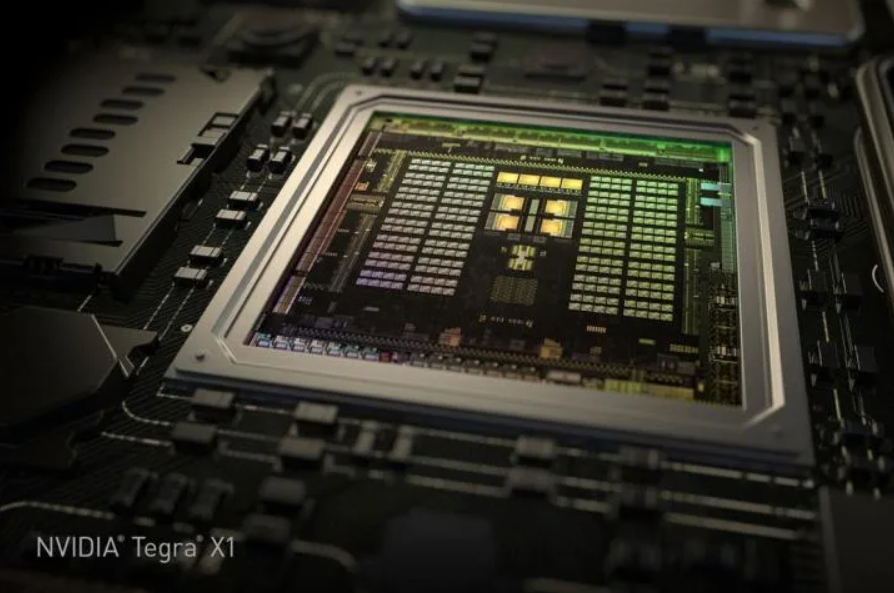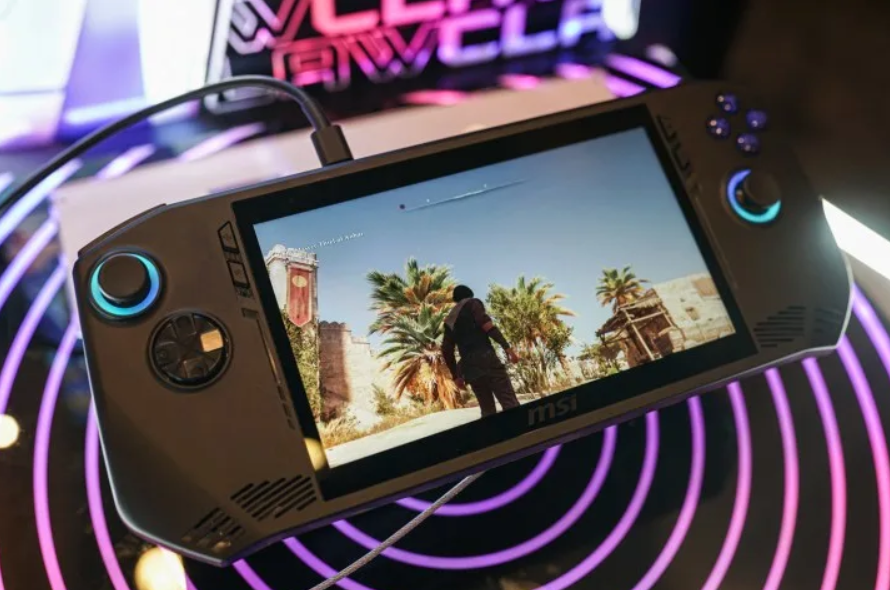Nvidia seems to be overlooking a significant chance in the world of PC gaming, specifically in the growing trend of handheld gaming PCs.
While AMD and Intel have ventured into this domain with purpose-built systems on a chip (SoCs), Nvidia, one of the major players, is notably absent.
Though Nvidia has shifted its focus to AI, leading to its trillion-dollar status, there’s potential for the company to create a remarkable SoC for handheld gaming PCs.
Nvidia’s past Tegra series SoCs, featured in devices like the Nintendo Switch, demonstrate the company’s capability in this space.
While the Tegra SoCs use ARM designs and lack immediate software support for Windows or SteamOS, Nvidia could leverage its hardware design expertise.

Efficiency is a highlight of Nvidia’s recent RTX 40-series graphics cards, showcasing a 30% to 40% power reduction for similar or superior performance.
This efficiency factor aligns well with the needs of handheld devices, offering longer battery life and enhanced performance at lower power levels.
Nvidia’s graphics architecture, particularly its focus on efficiency, makes it a suitable candidate for a handheld gaming SoC.
Deep Learning Super Sampling (DLSS) is another potential advantage for Nvidia in the handheld gaming market.
While upscaling may not be a crucial factor for lower-resolution screens, DLSS’s capability becomes more evident as resolutions increase.
DLSS, with its Frame Generation feature, stands out for balancing performance and image quality.
This technology could significantly benefit handheld gaming PCs, providing a shortcut to higher performance.

Despite these opportunities, it seems unlikely that Nvidia will pursue a handheld gaming SoC.
The company’s current emphasis on data centers and AI, coupled with its rumored collaboration with Nintendo on the Switch 2, suggests a different direction for Nvidia’s priorities.
While AMD and Intel have made strides in handheld gaming, Nvidia’s efficiency and AI-based upscaling could bring a substantial boost to the market.
For now, we can only hope that Nvidia recognizes and seizes this potential opportunity in the future.
